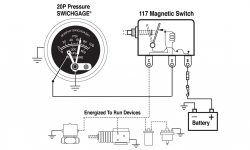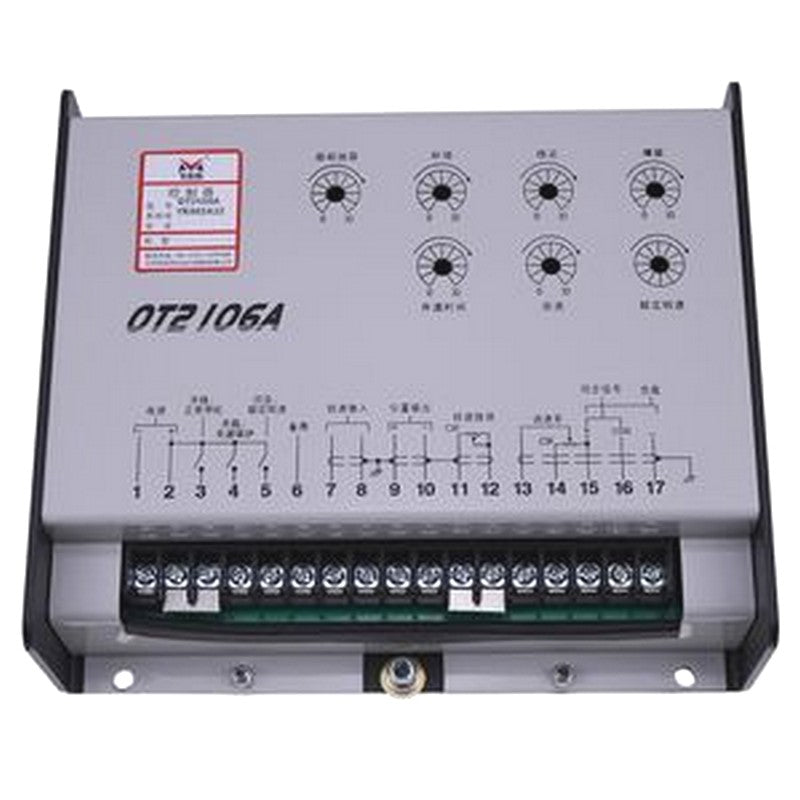Redelectric92
New User
- Location
- Louisiana
- Occupation
- Electrician
All:
I have been working tirelessly to make a circuit work and am certain I am over thinking it. It’s is a 12VDC circuit on a diesel engine that I need to engineer some shutdowns into via shutdown switches. I have a fuel solenoid that is 12VDC that just be energized to run the engine, and must be deenergized to kill the engine via lack of fuel. I have two shutdown switches. SPST switches. Normally open under correct circumstances. One is a coolant temp switch that closes when the engine reaches 205 deg F. This would be considered an over temp and would kill the engine via opening the 12VDC circuit for the fuel solenoid. One switch is an oil pressure switch that would be closed when the unit is off and closed when a low oil pressure situation occurs. Switch is open when all is well with oil pressure. In the event a low oil pressure anomaly occurs, this would kill the engine via opening the 12VDC circuit for the fuel solenoid.I need both shutdown switches to independent have change state (close) and open the 12VDC circuit to the fuel solenoid and kill the engine. The solenoid and both shutdown switches are 12VDC, two wire, and require a ground. I expect to have to use a minimum of one relay in this circuit, but am flexible. I expect that with the oil pressure switch being open when the engine is offline, that it may take a second or two for the oil pressure to build up and the switch open, allowing the fuel solenoid circuit to close and energize. The 12VDC source will be a common automotive battery.
By all means, I’m open to tips and recommendations. Thanks.
I have been working tirelessly to make a circuit work and am certain I am over thinking it. It’s is a 12VDC circuit on a diesel engine that I need to engineer some shutdowns into via shutdown switches. I have a fuel solenoid that is 12VDC that just be energized to run the engine, and must be deenergized to kill the engine via lack of fuel. I have two shutdown switches. SPST switches. Normally open under correct circumstances. One is a coolant temp switch that closes when the engine reaches 205 deg F. This would be considered an over temp and would kill the engine via opening the 12VDC circuit for the fuel solenoid. One switch is an oil pressure switch that would be closed when the unit is off and closed when a low oil pressure situation occurs. Switch is open when all is well with oil pressure. In the event a low oil pressure anomaly occurs, this would kill the engine via opening the 12VDC circuit for the fuel solenoid.I need both shutdown switches to independent have change state (close) and open the 12VDC circuit to the fuel solenoid and kill the engine. The solenoid and both shutdown switches are 12VDC, two wire, and require a ground. I expect to have to use a minimum of one relay in this circuit, but am flexible. I expect that with the oil pressure switch being open when the engine is offline, that it may take a second or two for the oil pressure to build up and the switch open, allowing the fuel solenoid circuit to close and energize. The 12VDC source will be a common automotive battery.
By all means, I’m open to tips and recommendations. Thanks.


